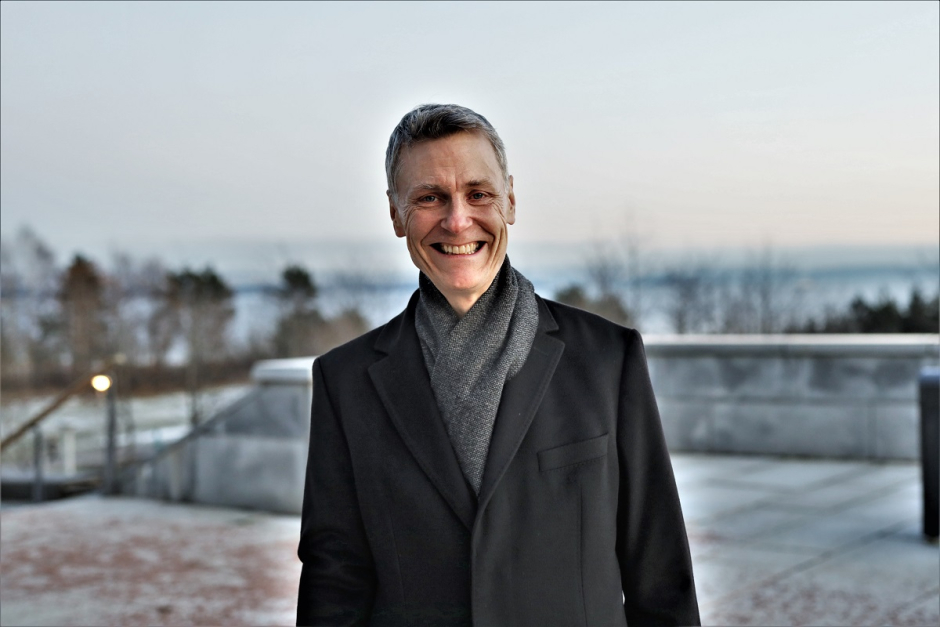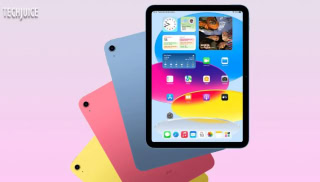Every year, Telenor publishes a comprehensive report on Tech Trends which summarizes what they believe to be the future innovators in our ecosystem and how technology is eventually going to shape our society. This year too they held an event at Telenor 345 campus where Bjørn Taale Sandberg, Senior Vice President and Head of Research joined in via video link to give a detailed presentation and brief the audience about their findings.
We talked to Bjørn to get to know more about the research being done by Telenor and his insights on certain topics that are currently concerning the market. Given below is the interview:
Q. With remote working on the rise and people accustomed to spending more time in their homes, can you please highlight how Telenor ensures that their team members’ productivity remains 100%?
First of all, we have provided everyone with the tools needed for remote working like access video conferencing software and laptops, etc. We also changed our policies. We have learned to conduct meetings with some people in the meeting and some out of them. We have also a lot of focus on cybersecurity that includes training and guidelines on passwords etc. We are also moving onto a new platform which makes it much easier to share documents and work together remotely. So the basics were already in place when the pandemic hit us.
What we have experienced is that people actually became more productive after the pandemic hit instead of slacking off. We believe it is because people actually want to deliver. The flexibility that the people get as they don’t have to commute to the office daily helps them be more productive. It’s really hard for people to concentrate on their work 8 hours a day without a break. Now it is possible. I can do a private errand in the middle of the day and still be productive. So we haven’t experienced any drop in productivity yet. Since we are encouraged not to visit the office, we are afraid that we don’t get to see our colleagues and that social interaction is missing which might introduce fatigue and lower their motivation.
Q. When do you think holographic technology is going to be used for daily stand-up meetings? Will it ultimately replace in-person meetings?
Well, I don’t think so. The reason is that even if we get holographic technology, we are still very physical beings that have evolved over millions of years becoming accustomed to the physical presence. To replace that fully, we don’t think that is going to happen with technology and we will need both. I think we will see a hybrid model going forward as we cannot completely cut out the physical interactions.
A formal meeting or seminar may be conducted using the help of AR and VR but there is always a small “talk” at the end where everyone gets together in small groups. A lot of communication that is important in an office is conducted there. We think that if we don’t cater to that, we will lose out on creativity in problem-solving.
Q. With the rise in cybercrime and hacking as the world goes remote, I read that you proposed that we should write down passwords on paper since it is not hackable. Don’t you think an open-source password manager like Bitwarden is a better alternative to this?
Yes, keeping a password manager on your phone like Bitwarden might be more suitable as you can take it everywhere and it’s secure. But theoretically, a password manager might also be hacked and leave you in a struggle though. Passwords on a piece of paper are meant to be kept in a secure place and your pocket definitely isn’t one.
Q. You proposed in 2019 an idea: 5G clouds. Can you highlight more on how the specific technology is being implemented?
For 5G clouds, 5G is a network technology that is fully virtualized so every function needed for 5G will run in data centers. These clouds of data centers are going to be distributed in a country. You might have a limited number of centralized clouds that have all the functionality and you will have the 5G-edge with data centers close to the towers. That is needed if you want to offer low latency communication.
Q. Society-as-a-service is a very unique concept that has been proposed by your research committee. How do you expect companies to facilitate employees in terms of setting up their own workplace and provide a similar work experience as they had in traditional offices?
What we have done in Telenor is that, first and foremost, make sure that everyone has basic digital tools, software & hardware, and connectivity. Additionally, we are changing the way they lead, the way they meet as not everyone will be available for a physical meeting. We are learning to merge meetings that are hybrid and getting better at including those that join the meetings remotely.
At the same time, communication technologies & conferencing technologies are going to get better and it might become more and more natural to communicate this way but the main thing is that you need to change the culture, you need to change the way you lead, you need to change the way you train your people.
Q. With COVID and education going remote, there is a fear that the upcoming classes are not being properly groomed as previous classes that had the on-campus experience. From a limited number of events to constantly being in front of the screen, how do you think Digital Education needs to scale up to address this sector?
That is a huge problem in many countries. Some people can’t afford internet coverage or don’t have decent coverage to run a video call so that is a problem that needs to be solved in collaboration with the government as well as the industry. Even in Norway, where the infrastructure is very good and a small population, the government needs to chip in and fund coverage in remote locations because it is never going to be economically feasible for mobile operators. Public-private partnerships will be a major part of the solution.
You also need teachers to learn a new way of teaching and students to learn a new way of learning. This takes time. Some countries were more prepared by chance as they had introduced tablets and students had learned to access resources online as part of their education. Everybody started from scratch and there is no easy solution for it.
Q. One of your post-pandemic predictions was how the health sector will be collaborating with telcos for the prediction of future epidemics or the spread of diseases. Can you highlight what is the work that needs to be done to build this particular infrastructure for disease prevention and control?
We have Telenor Pakistan with us in research on the spread of Dengue fever for instance using mobility data. That was a very exciting experiment but going from that to collaborating with top scientists to setting up a value chain that does this regularly without incurring a lot of costs will take significant effort.
To actually use this data to fight diseases, you need access to reliable case data. A new case needs to be reported digitally, reliably, quickly, and be made available for training on AI algorithms. To put this process in place requires significant effort which will involve the government, health authorities, technology partners, etc. The big challenge isn’t the science of it, building the algorithms. It is all the processes that you need to put in place to get the data, digitize it, put it in the models, and then act on them.
We have a value chain in place in Telenor-Norway that the health authorities asked us to contribute the data so they could build their own models using our data. We are still working with them to extract data and build models etc, and they have then been able to build an internal value chain where they use our data with case data and they build daily models which are then used by politicians for decisions.












